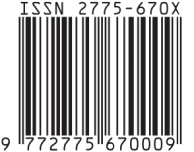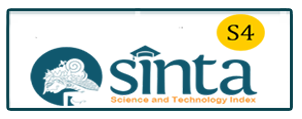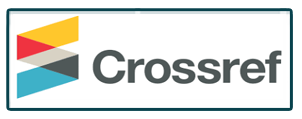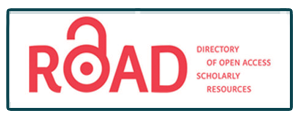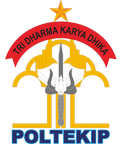The Relationship Between Work-Family Conflict and Subjective Well-Being in Career Women whose Husbands Work in Makassar
Hubungan Antara Work-family conflict dengan Subjective well-being pada Wanita Karir yang Suaminya Bekerja di Makassar
Abstract
Working women are experiencing increasing growth from the previous decade, this creates demands for jobs and roles as wive and career women. Demands between work and family that are not always in line can lead to conflict and are vulnerable to Subjective Well-Being. This study aims to determine the relationship between Subjective Well-Being and Work-family conflict in career women whose husband is work in Makassar. There were 111 subjects in this study with criteria are career women who have children and working husbands. Data was collected using the Work-family conflict Scale, Positive and Negative Affect Schedule (PANAS), and Satisfaction with Life Scale (SWLS). The data analysis method used for data processing in this research uses Spearman rank correlation. The analysis results show an R Squared value of -0,165 and significance value are 0,083. Based on the significance value, it shows that there is no relationship between Work-family conflict and Subjective Well-Being in career women whose husband is work in Makassar. This is due to the husband's support and religiosity factors. The implication in this study is that career women who are married, they can be better prepared in managing Work-family conflict and Subjective Well-Being, so that they are expected to continuously make efforts by taking into account the factors that can influence them both at work and at home.
Copyright (c) 2023 nurul afni annisa, Asniar Khumas, Wilda Ansar

This work is licensed under a Creative Commons Attribution-NonCommercial 4.0 International License.


